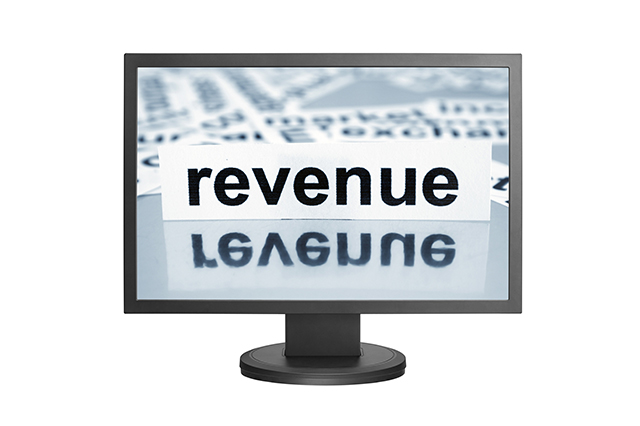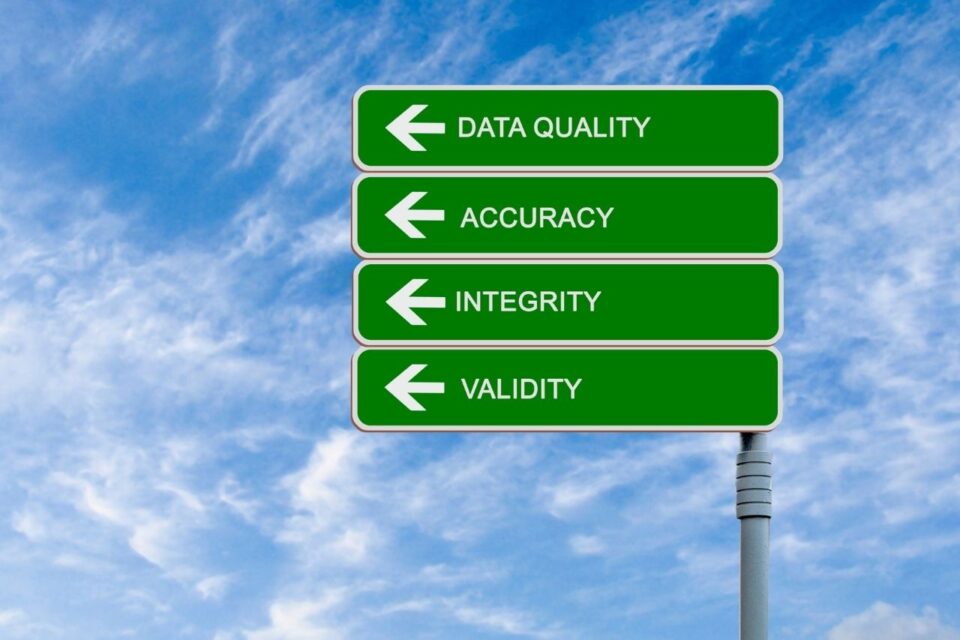
Healthcare Revenue Cycle Management: 12 Things to know
December 6, 2017
A (RCM) Revenue Cycle Management partner will boost your revenue!
January 15, 2018Health care costs continue to become much greater than commercial and government reimbursements. Health plans with higher deductibles are more common among hospitals today. In fact, recent discoveries show that revenue cycle infrastructures have developed unexpected revenue leaks.
Insured patients are incurring bad debt, research shows debts have been increasing by 30 percent annually. Consumers on high-deductible plans on the other hand have to deal with payer groups that have made it much more expensive and difficult to collect payments from.
To stay afloat during these financially turbulent times, hospitals and healthcare systems need to change their backend revenue cycle management tools to the beginning of the cycles to stop the revenue from leaking before it starts.
Health Plans with High Deductibles
Today around 25 % of employees have been enrolled in a high-deductible health plan. The financial burden on these people has increased in the last 10 years. The annuals costs that workers pay out of pockets has risen by 230 % during the time period of 2006 to 2015.
As the policyholders continue to choose high deductible plans with larger out-of-pocket costs, insured patients have increasingly reported being in financial turmoil because of the unaffordability of their medical bills. In 2015 research shows, 20 % of the U.S. citizens who had insurance still found it difficult to pay their medical bills.
Patient Collection Costs
Since the financial burden of medical bills has shifted from the payer to the patient, hospitals have to spend more time and money collecting the medical payments. A recent report stated that medical debts make up 52 % of the debt collection incidences appearing on credit reports in 2014.
The costs of collecting the money from a patient is much higher than that of collecting from a payer and these costs increase with the age of the account which add up to the backend of the cycle. The majority of hospitals outsource the collections process to third-party vendors. These secondary debt collectors charge a high service fee which makes up to 30 % of the recovered revenue for hospitals.
Bringing Back-End Practices to the Front
There are tools which allow hospitals to become proactive from the front end of the revenue cycle. An example is eScan which lets hospitals increase their billing process efficiency by identifying the eligibility of the patient for any of the healthcare overages or commercial insurance welfares when they are being discharged.
By discovering whether or not the patient is covered from day one hospitals can avoid the auxiliary costs associated with payment collections which include paper billing expenses, labor costs and third party service fees. Hospitals can use this tool early on and experience a dramatic change in their receivable accounts, collection costs and uncompensated care.
There are other proven tools available which can be used for productive conversations with patients on the subject of finances. Providers can recognize and secure collections from the first day of the revenue cycle and see the results reflected in their bottom lines.
Do you have questions regarding your revenue cycle management system and or process?
Contact MC AnalyTXs for a consultation today!





